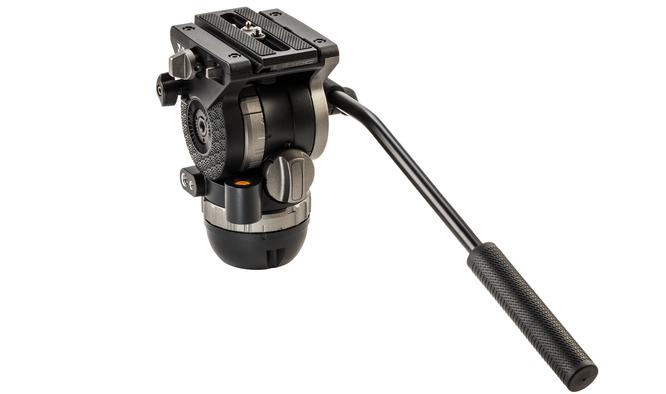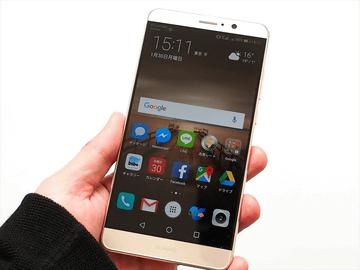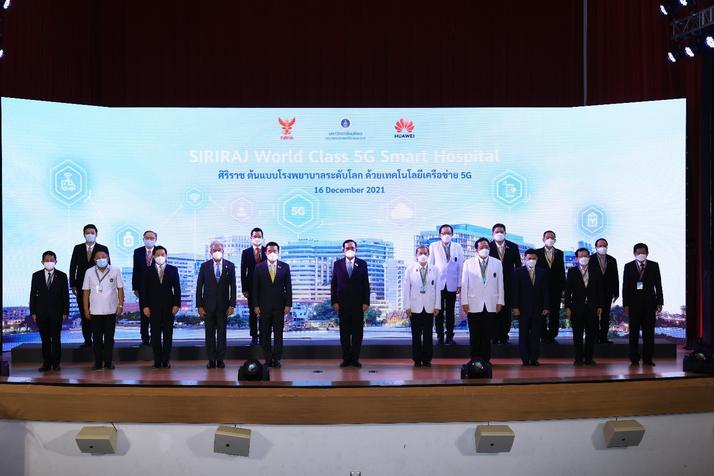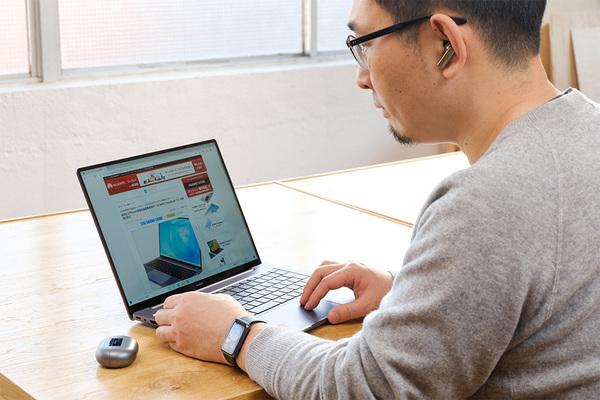Libec NX-100 / 300 Series that combines good movement and lightness-Counter balance can be achieved with a light camera!
- 1206
- 98
Libec NX-100 / 300 Series that combines good movement and lightness-Counter balance can be achieved with a light camera!
- By huawei-accessories.com
- 20/04/2022
Tweet Tweet
Report ◉ Yasushi Kishimoto
It is important that the video tripod can make delicate movements that start and stop. The movement is as noisy as a veteran. And while it's best to carry a tripod lightly, it's a common understanding in the video production industry that there aren't many products that make it possible. The NX series newly released by Libec this time was the one that threw a stone in there. The counterbalance is well-balanced even for a light camera such as a mirrorless camera, and the initial calm feeling is created with a novel design and craftsmanship.
Series overview
The NX series consists of two types of heads, the NX-100 for lightweight cameras (about 0.5 to 2.5 kg) and the NX-300 for handheld and shoulder cameras (about 2.5 to 10 kg), and the world's largest mid-spreader for each. Four types have been released, one that combines lightweight carbon legs and the other that combines grand spreader legs. The head and spreader can be replaced as common parts, and will be released at a later date. The standard price is 100,000 yen for the NX-100 and 150,000 yen for the NX-300, which is a low price for the standard carbon fiber setting.
▲ NX-100, 100,000 yen
▲ NX-300, 150,000 yen
Impression of the head
After all I want to introduce from the head of the heart. In my case, most of my photography is related to works of art and art, and the movement of the tripod is an important element that makes up the screen. For example, when tilting up a picture of a hanging scroll, I want to convey its delicacy and atmosphere at a speed that matches the content of the picture. In recent shooting, it is necessary to replace various lenses on the digital camera, replace the camera, and handle various weights, so there are few things that can be combined with one tripod, but first of all, the NX head is The pillar of the concept is to support the counterbalance of cameras of various weights. The NX-100 is compatible with cameras weighing approximately 0.5 to 2.5 kg, and the counterbalance can be adjusted in 5 steps. The balance range is not directly proportional, but if you divide the load range of 2000g by 5, you will get roughly 400g per step. It seems that this step adjustment was made because the weight of the head will inevitably increase if it is stepless, but it is compatible with various cameras unless a perfect balance of the entire operating range is required.
First, I attached a standard lens of 12-40mm to the GH5 (about 1250g) and pan-tilted it. I was able to stop the movement with counter balance 1 and drag 3. The heavier the drag, the less backlash (push back due to recoil).

Next, I attached 12-100mm (about 1750g) to the GH5S with a rig and put it on it. This was stable with counter balance 2 and drag 3.
There are 3 levels of drag to adjust the viscosity of both pan and tilt. I have a preference for this, but I thought that it would be easier to operate the initial movement if it was lighter with a light camera, but since the metal laminated unit and the movement itself are smooth, it can be operated without snapping even if the drag is heavy. Rather, it stopped just when it stopped, so it was better to strengthen the drag.
The NX-300, which is compatible with large cameras, adjusts about 7500g from 2.5 to 10kg in 5 steps, so the interval is roughly 1.5kg. When I put the MK lens 18-55mm (about 4200g) on the FS5 with the rig, the balance was not enough in 2, and the result was that it was returned a little at both ends in 3, so I could not get a good balance as it is, but here is the microphone. I think that if you adjust the load weight with a monitor or the like, you can supplement the non-stepless parts with accessories. Again, the drag was 3 and I was able to make a snapping movement within the balanced range. In addition, the diagonal movement that matches the movement on the pan side is also smooth, which is good for shooting such as on stage or in sports.
The head is a 75mm bowl, but the bottom is flat, so it can be used with a center pole tripod or slider.
Also, when you look at the actual machine, you will notice that about half of the exterior is made of resin. It may seem that it is for cost reduction, but the resin is used here for weight reduction, and the part where the weight increases by using the drag system of the metal laminated unit inside is eliminated here. are doing. In the case of a lightweight tripod, the drag mechanism is mostly made of resin, and the weight increases because it is made of metal. This is the reason why the weight of the NX series head is not so light even though the exterior is made of resin.
How is a metal laminated unit different from a resin one? This makes it possible to move slowly and stop slowly. The most difficult thing about operating a tripod is how to move it within the range of pan and tilt. Among them, the difficult one is starting to move. If it's awkward here, the screen will be ruined, so if you're not good at panning, you'll be cheating by using dissolves in editing or throwing the first part. I think that the beauty of moving from stillness is one of the techniques for moving images, but it is a product that has been aimed at that. Product design and manufacturing make this possible. It can only be realized by assembling and adjusting by a skilled craftsman, and this time the exterior is also decorated with traditional Japanese patterns, and you can feel the commitment to Made in Japan.
Bread stick attachment position
What I paid attention to this time was the mounting position of the bread stick. In recent tripod heads, the mounting position of the pan bar has a screw in the position on the upper side shifted from the center, but this makes it easier to apply force to the initial movement because the fulcrum is separated by the distance from the center of the head. There is. However, if you think about it carefully, the tripod rotates around the center of the head, so it is easy to apply force by shifting, but I think that it is disadvantageous for delicate movement and giving a certain amount of exercise force in the middle of the pan. Always thought. Sometimes the pan head with a small camera can be moved smoothly by holding the base rather than holding the tip of the pan stick and rotating the head. Tilt is not a camera raising or lowering, but a rotational movement. This time, the parts on the top of the head are made of resin, so the joint of the pan bars may be in the center, but surprisingly this may be a big plus point for the tripod.
Amazing light legs
The NX series is only available with a combination of carbon legs. The mid spreader type is the lightest in the world. Certainly, when I first saw it, it was a demo machine, so it was so light that I thought it had two legs. However, in reality, the height is 169 cm with 3 steps. It's incredibly light when I take off the head and hold only the legs, and I can lift it with just my little finger. It seems that all the parts were reviewed and designed. Certainly, the shape of small clamps and foot pads has been reduced in size and weight. Not only is this tripod light, but it also has smooth vertical adjustments. If you want to raise or lower 5 cm at the site, it will be difficult if the number of movements increases, but if you extend the leg of the lower one pipe and use the upper two pipes for raising and lowering adjustment, By simply moving the head up and down with the clamp loosened, the legs expand and contract smoothly, achieving the ideal movement.
For those who started video with Digiichi, the counterbalance of the tripod itself may not be well known, and today there are choices such as gimbals and sliders in addition to the tripod, how delicate the human movement of the tripod is. Whether it is required or not depends on the subject, but we recommend that you put the camera on the actual machine and experience it as a new product that you can feel the inquisitiveness and spirit of the manufacturer who dared to step into it.
NX-100 / 300 common specifications
● Mass: 3.8 kg (4.1 kg for grand spreader type) ● Height: 80 to 169 cm (54 to 169 cm for grand spreader type) ● Counter balance: 0 ± 5 stages ● Pand drag: 0 + 3 stages ● Tilt drag :: 0 +3 stages ● Drag mechanism: Metal laminating unit ● Usable temperature: -40 ℃ + 60 ℃ ● Tilt angle: + 90 ° / -70 ° ● Ball diameter: 75mm / Flat base ● Transportation length: 84.5cm ● Tripod Number of stages: 3 stages ● Head material: Main frame = metal, exterior: resin ● Pipe material: carbon
Mid-spreader type and grand spreader type are available for both NX-100 and NX-300.
NX-100
▲ NX-100 with GH5 and 12-100mm. It was stable with counter balance 2 and drag 3.
NX-300
▲ I put FS5 and MK zoom 18-55mm on NX-300. Since the counter is between 2 and 3, you can adjust the load weight with accessories.
● Reprinted from the December 2020 issue of VIDEO SALON





![[VLOG interlocking report] Try the combination of Manfrotto's Nitro Tech 608 and iFootage's TC6 [VLOG interlocking report] Try the combination of Manfrotto's Nitro Tech 608 and iFootage's TC6](https://website-google-hk.oss-cn-hongkong.aliyuncs.com/drawing/article_results_9/2022/3/25/278166fcc7181b73dd99af1b87fd6482_0.jpeg)









